A non-trivial choice for a vacation? Romania, and more specifically, Transylvania. Transylvania is one of those places that simply deserves a visit. I discovered it only this year when Maciek and I embarked on a car trip to Romania. I was (and still am) completely enchanted by what I witnessed there.
Before I delve into the description of these places, let me clarify that the region is known as both “Transylvania” and “Transylvania”. In the past, this area belonged to Hungary but is now part of Romanian territory.
In this post, I will share the gems of this region and highlight places that have left a lasting impression on me.
Table of Contents
- 1 How long should I visit Transylvania?
- 2 Oradea
- 3 Cluj-Napoca
- 4 Turda Salt Mine
- 5 Cheile Turzii Gorge
- 6 Tureni Gorge
- 7 Alba Iulia
- 8 Hunedoara Castle – Corvinus Castle
- 9 Maria Radna Sanctuary (Lipova)
- 10 Șoimoș Castle (Lipova)
- 11 Timisoara
- 12 Arad
- 13 Bologa Fortress
- 14 What to Explore in Transylvania?
- 15 Where to sleep in Transylvania?
How long should I visit Transylvania?
This, I believe, is the most pressing question if you’re considering a trip to Romania. The country is vast, and given its mountainous terrain, traversing even short distances can be time-consuming. Transylvania, for instance, features both mountains and foothills. Mountainous landscapes predominantly occupy its eastern and southern parts. The highest regions of Transylvania are part of the Southern Carpathian Mountains, also referred to as the Transylvanian Alps. Some peaks in these mountains soar over 2,500 meters above sea level.
We spent a week in Transylvania, and I must admit that it was insufficient to explore everything on our list. However, this gives us a compelling reason to revisit, as Romania’s beauty is boundless.
Oradea
My Romanian journey commenced in Oradea. Situated just 13 kilometers from the Hungarian border, it serves as an excellent launchpad for any trip. My Romanian friend Eddie believes it’s the most enchanting city in the entire country. The transformation Oradea has undergone in recent years is truly remarkable. While I anticipated beauty, the firsthand view of the city took me aback. Oradea boasts architecture that bears a slight resemblance to Barcelona, yet it’s devoid of the bustling crowds. Wondering what’s a must-see in Oradea? Curious about the city’s hidden treasures? Read the following article:
Must-See Attractions in Oradea – The Ultimate Travel Guide
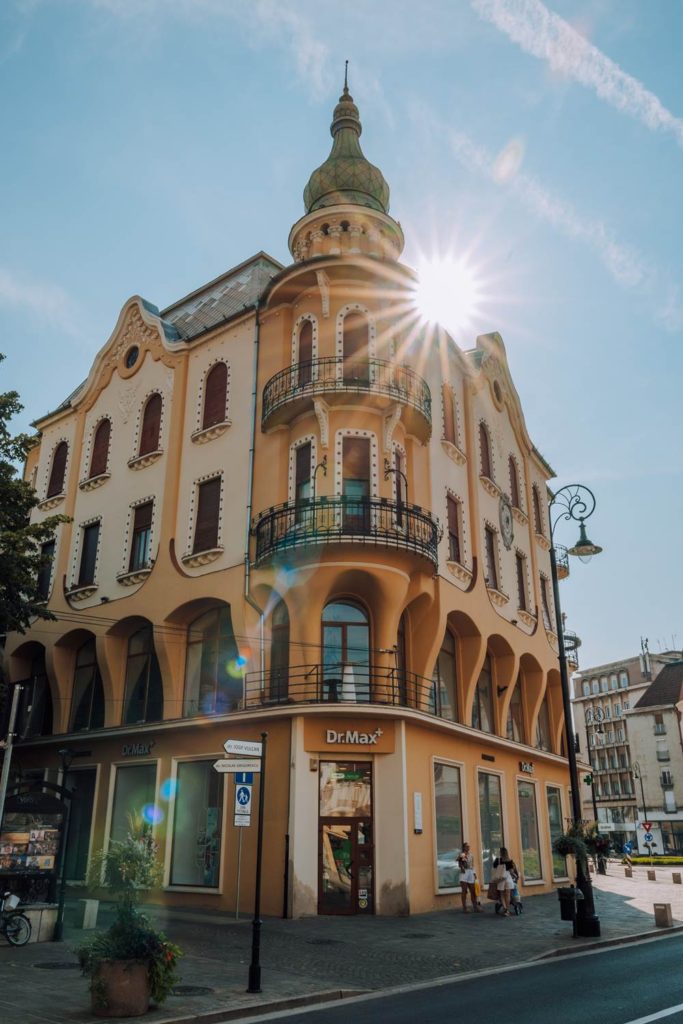
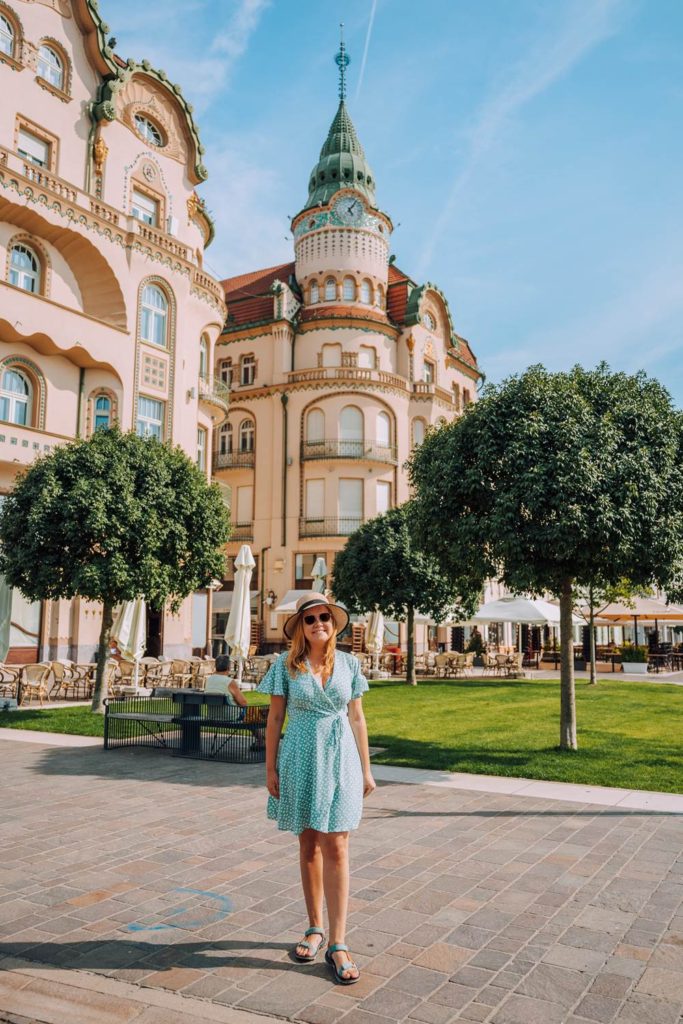
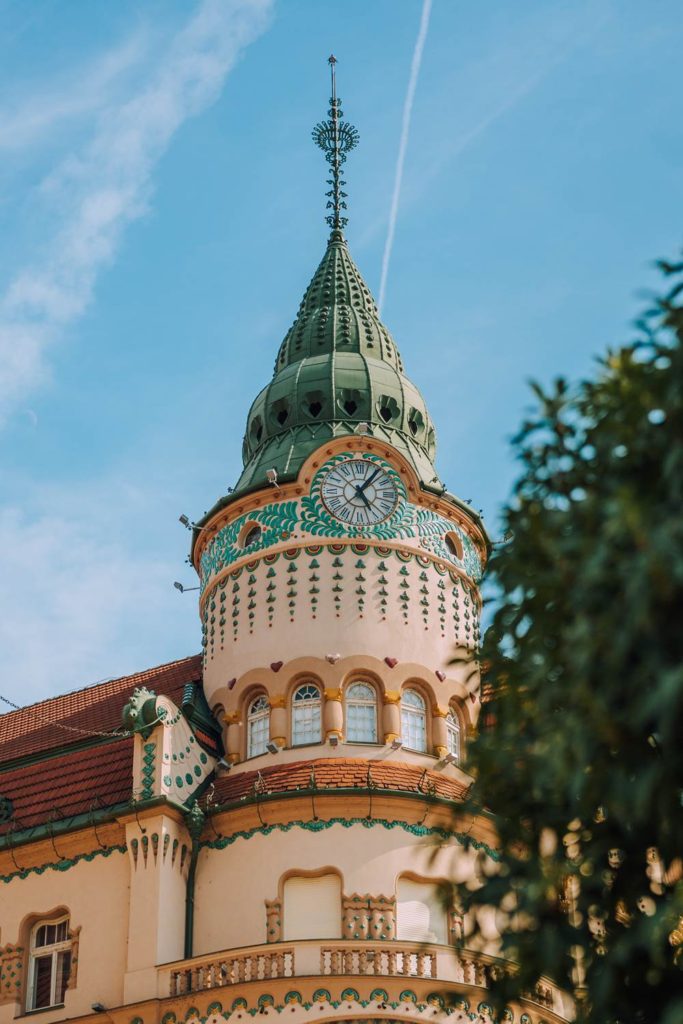
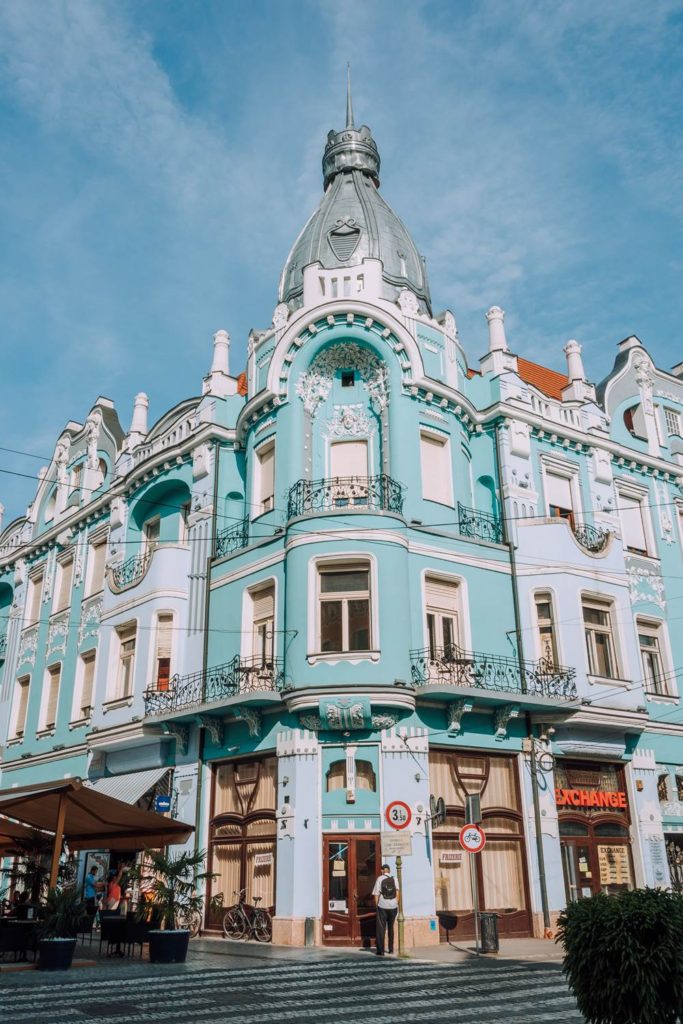
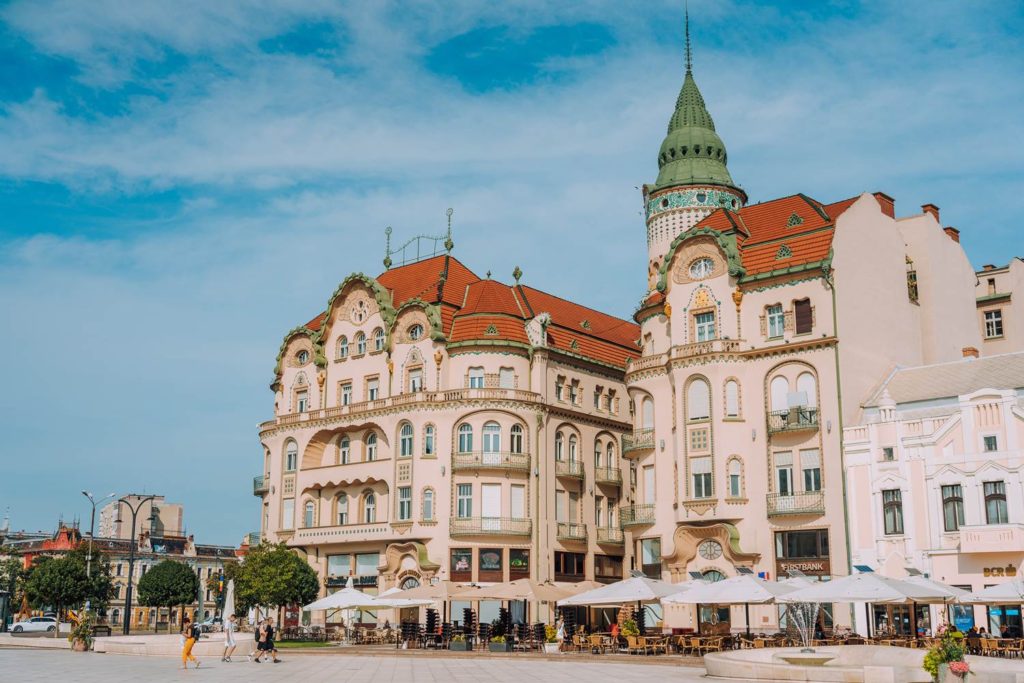
Cluj-Napoca
Cluj-Napoca, often simply called Cluj, is one of Romania’s pivotal cities. It was the second destination on my Transylvanian journey. Although I spent several days there and found a lot to explore, when comparing cities in the region, I’d particularly recommend Timisoara. Cluj-Napoca also makes a great jump-off point for nearby attractions, some of which are detailed below.
Cluj-Napoca: A Transylvanian Gem
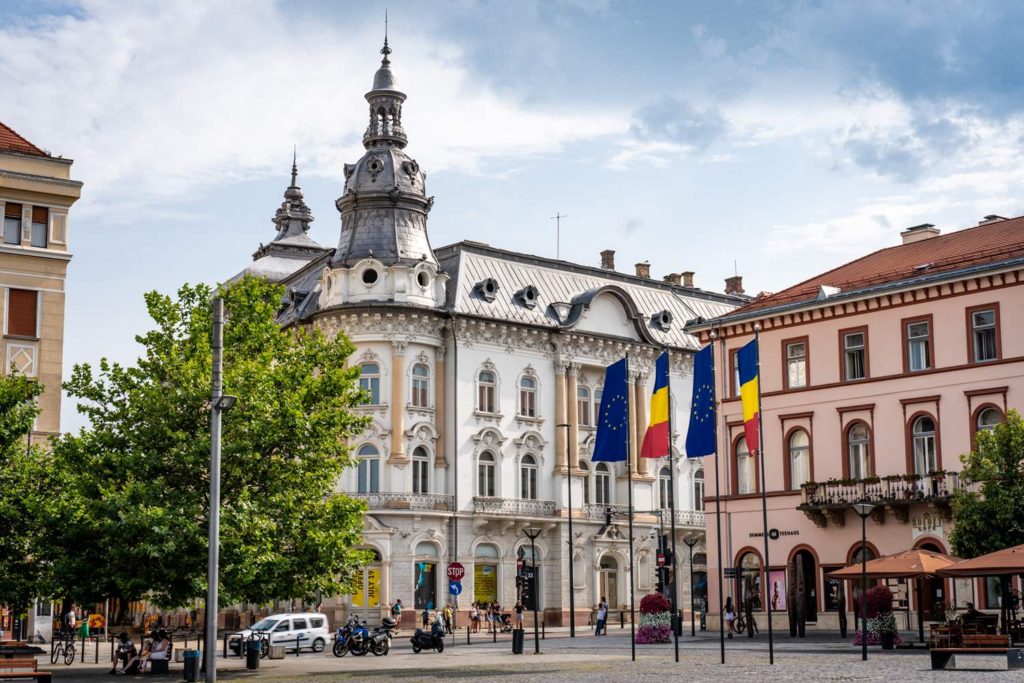
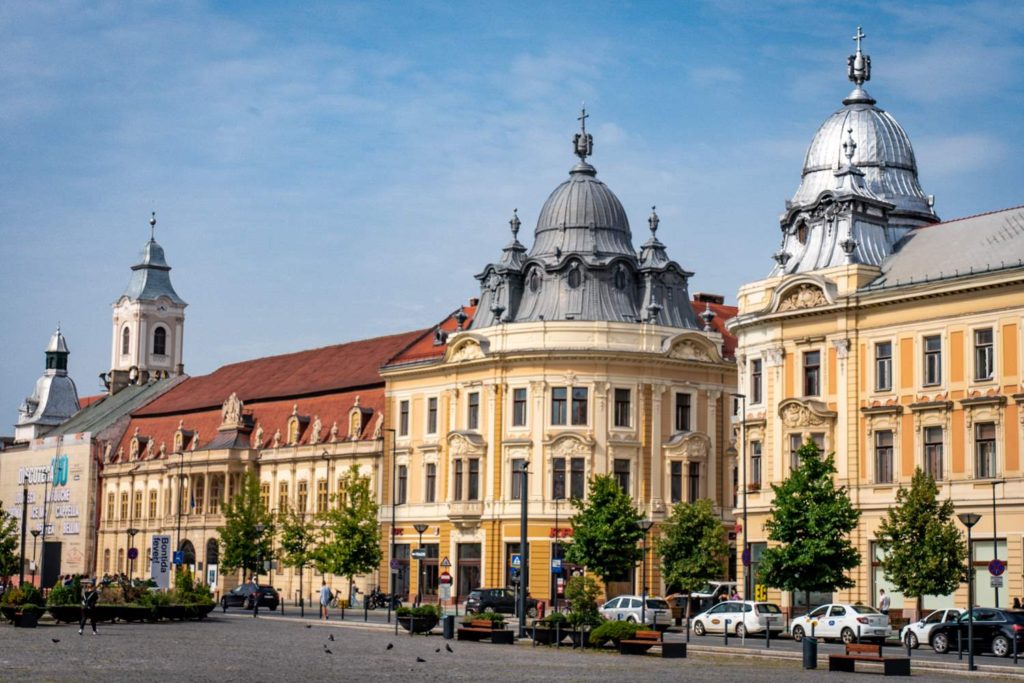
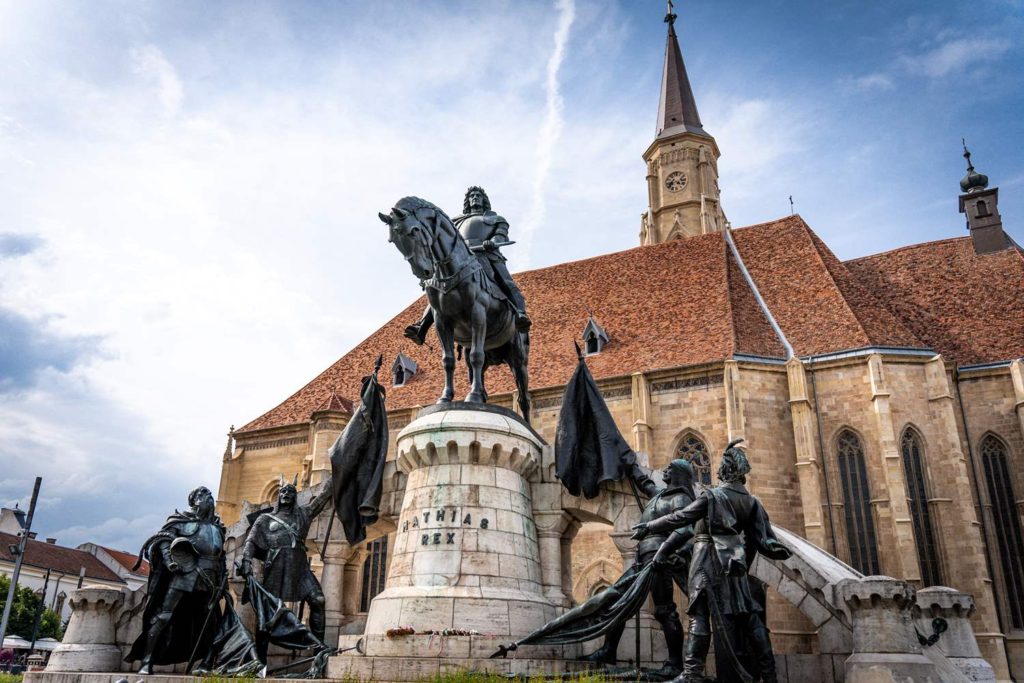
Turda Salt Mine
The Turda Salt Mine stands out as a must-visit gem. While its contents may draw parallels with the Wieliczka mine, its ambiance is distinctively unique. Visitors have the freedom to navigate its extensive corridors, each revealing hidden wonders. Highlights include a chamber with remarkable acoustics and an awe-inspiring subterranean lake.
Salina Turda – An Amazing Salt Mine in Romania
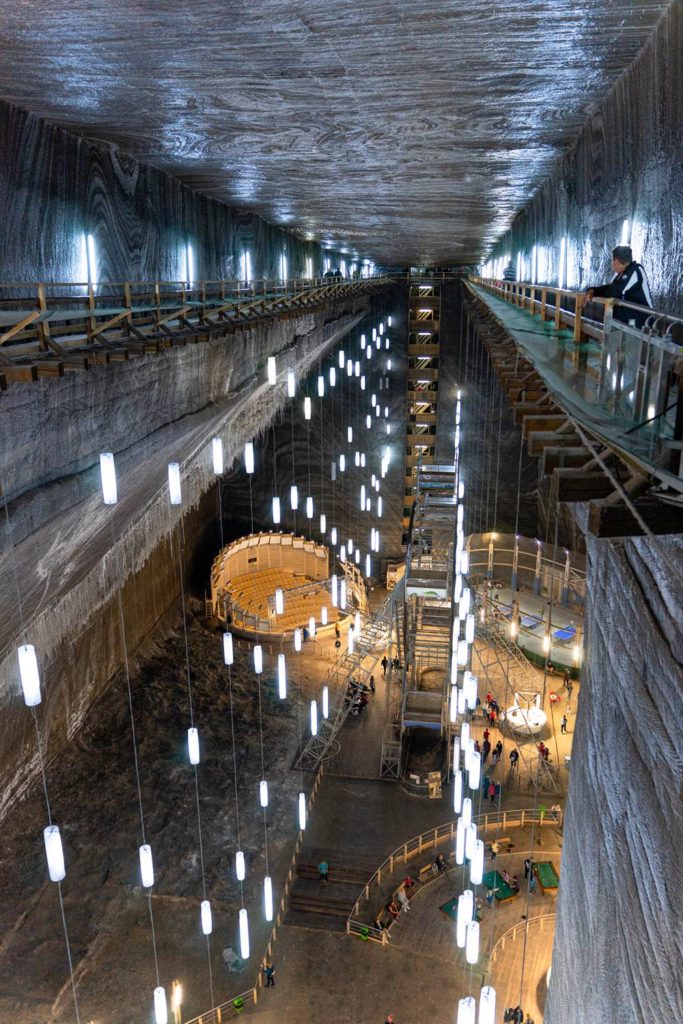
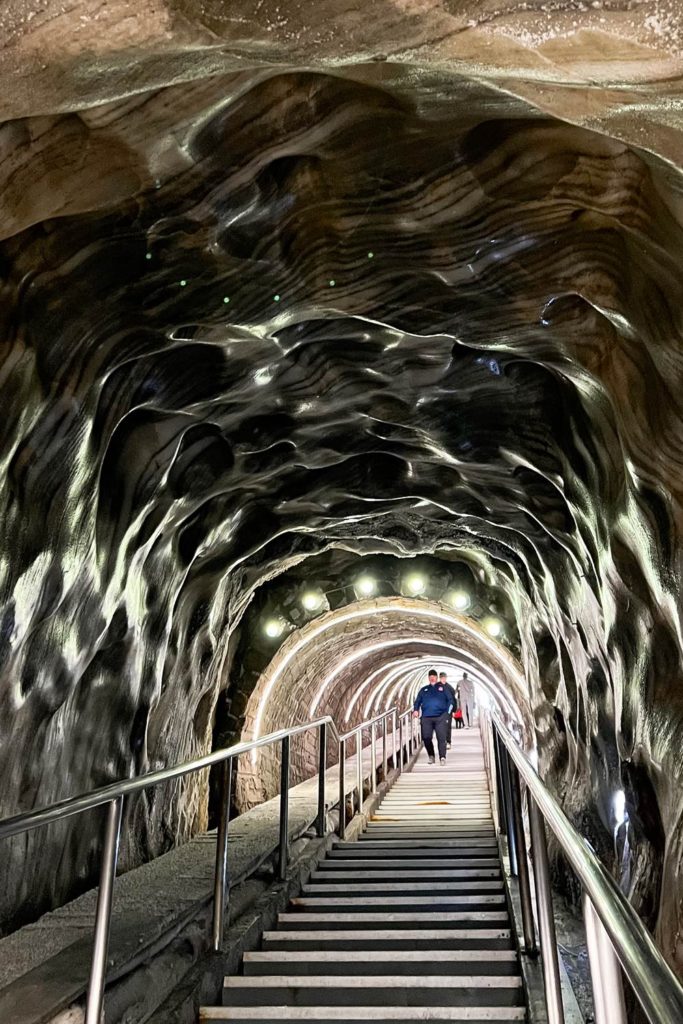
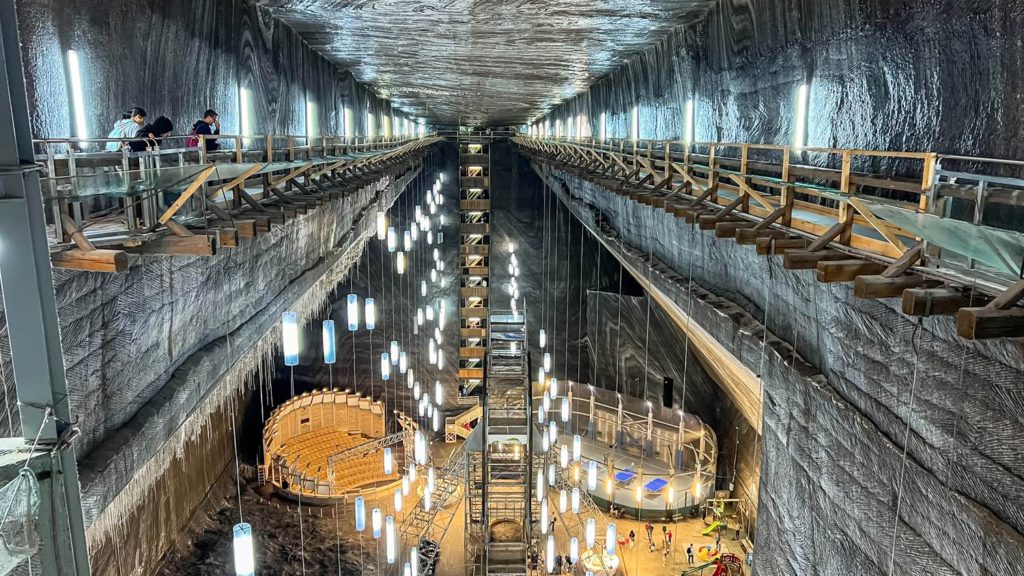
Cheile Turzii Gorge
Not far from Cluj-Napoca lies Cheile Turzii, arguably one of Romania’s most scenic canyons. It’s a magnet for nature aficionados, trekkers, and rock-climbing enthusiasts. The gorge showcases awe-striking vistas: from towering cliffs and meandering rivers to its hidden caves. It’s an idyllic setting for walks, picnics, and birdwatching. The Cheile Turzii Gorge is a haven for various birds of prey, notably housing the regal peregrine falcons.
Cheile Turzii Reserve – Exploring the Turda Gorge
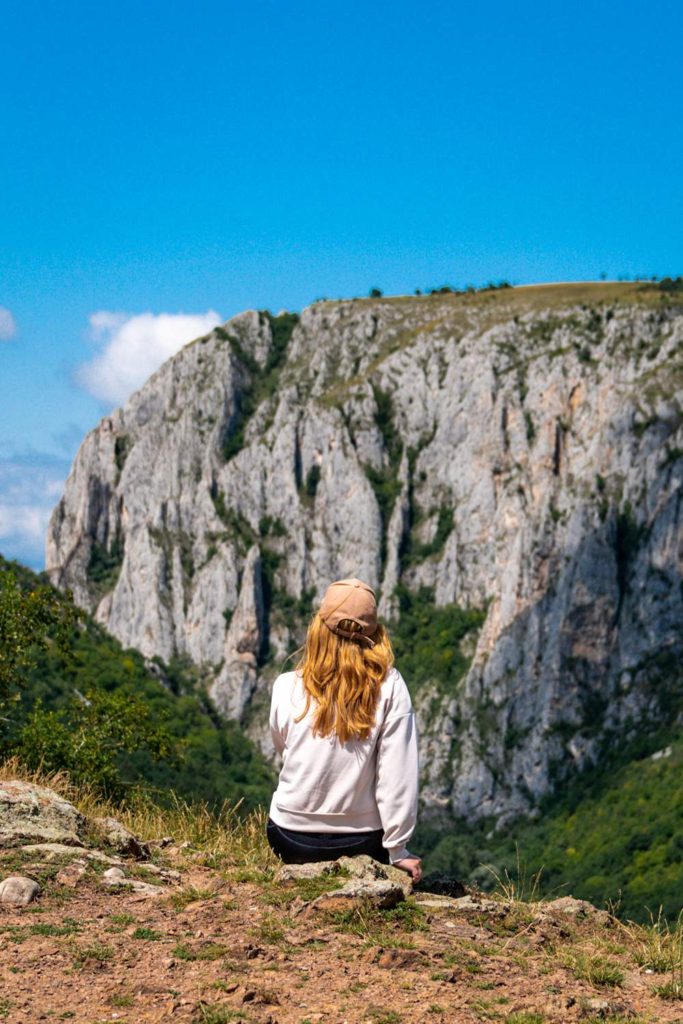
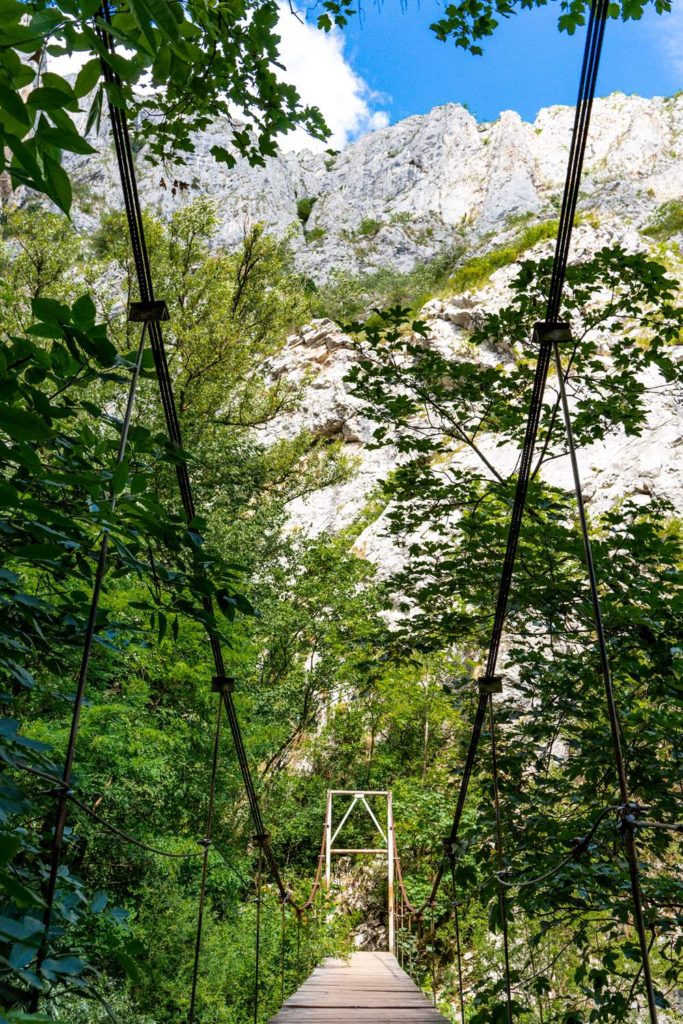
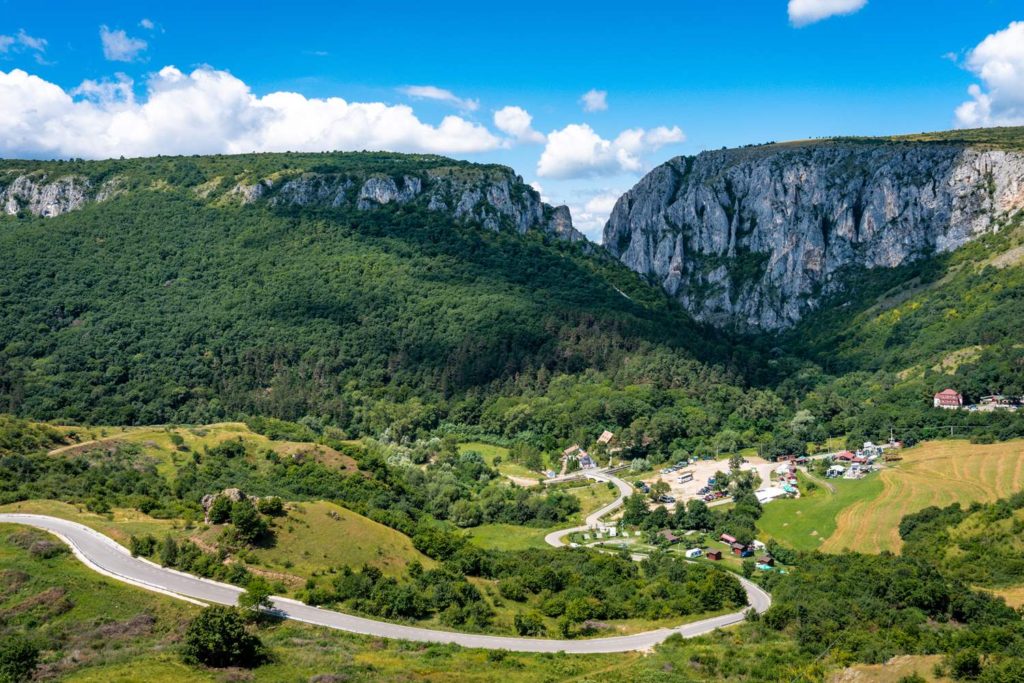
Tureni Gorge
Less renowned but equally captivating, Tureni Gorge, also called Cheile Tureniului, boasts intriguing rock formations. It’s a sought-after spot for climbing aficionados. This serene nook offers a perfect setting for brief strolls and a welcome escape from urban commotion. Regrettably, our visit was cut short by a sudden thunderstorm, prompting a hasty retreat to our car.
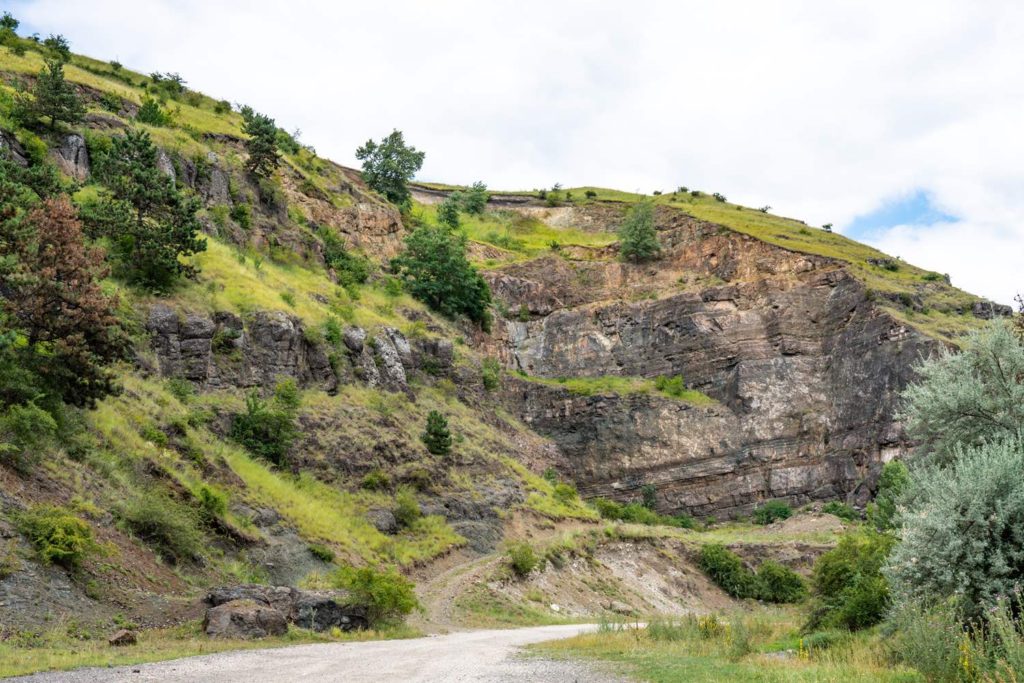
Alba Iulia
The city’s historical epicenter is the Alba Carolina Citadel, a grandiose edifice commissioned by Charles VI, which once bore the name Karlsburg in his honor. This expansive fortress displays one of Europe’s most remarkable bastion systems, comprising seven star-shaped bastions. Nestled within the citadel’s walls are landmarks such as the renowned Coronation Cathedral. Meandering through the citadel reveals numerous monuments, paying tribute to eminent personalities from local history.
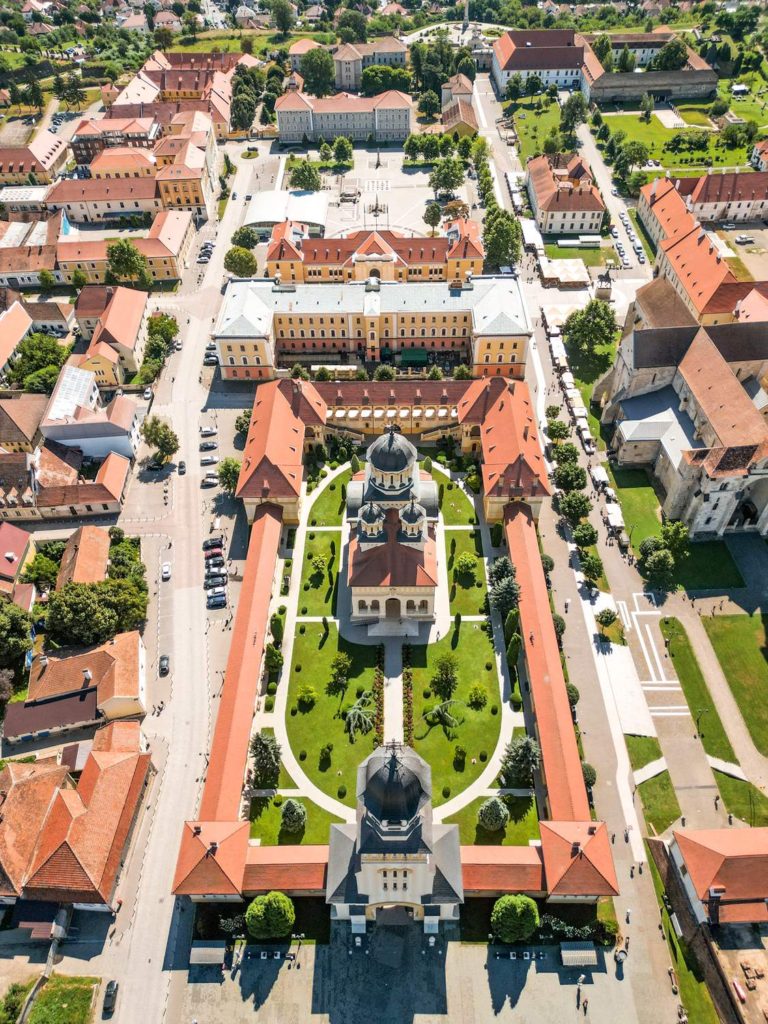
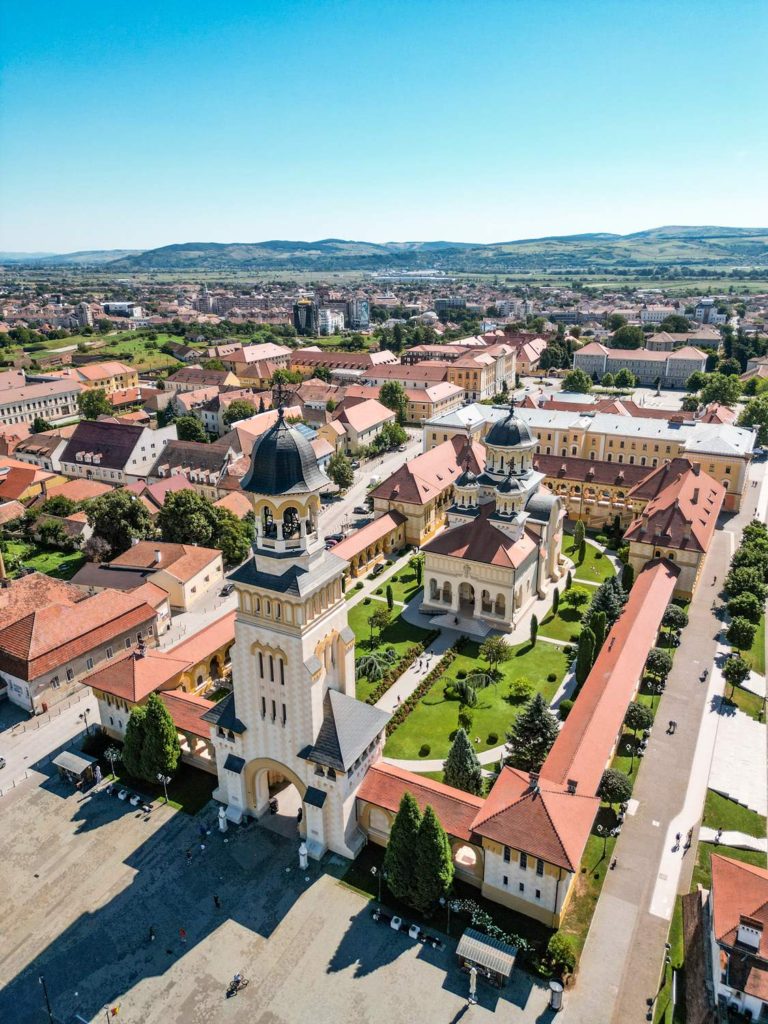
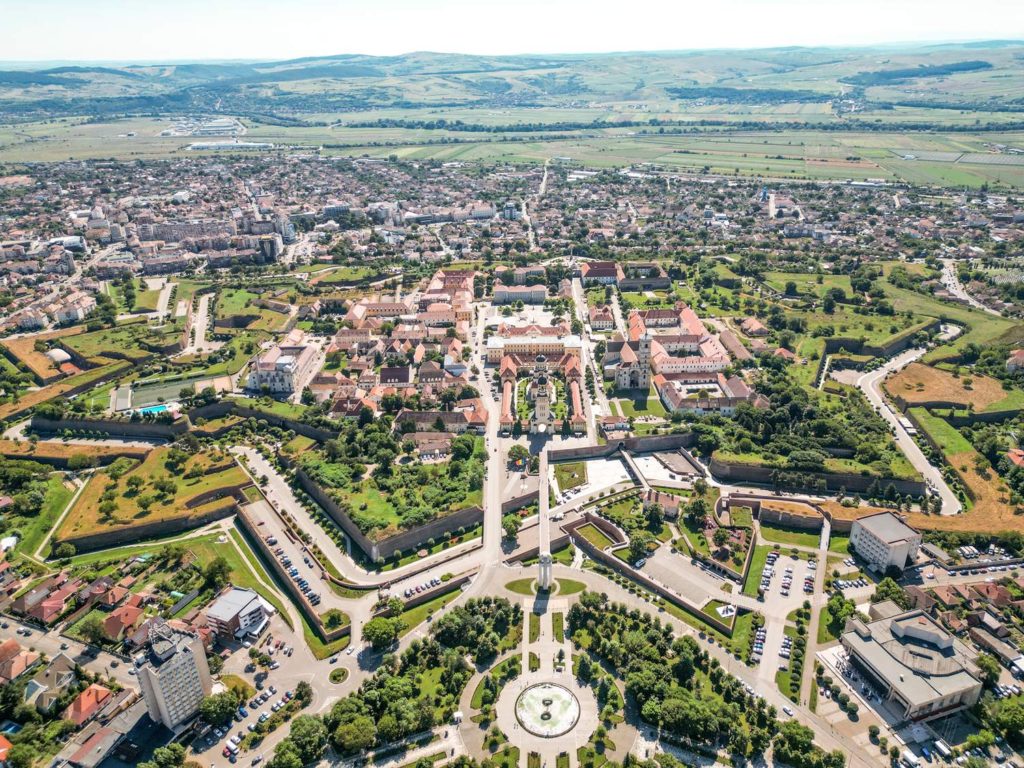
Hunedoara Castle – Corvinus Castle
Corvinilor Castle, also referred to as Castelul Corvinilor, stands proudly in Transylvania’s heart, a region celebrated for its multitude of castles, including the iconic Dracula Castle. The name “Corvinilor Castle” alludes to a Hungarian king. This naming pays homage to an era when these territories were under Hungarian sovereignty. In my view, this castle is an essential visit in this Romanian region. For those acquainted with its grandeur, the awe it evokes is self-evident.
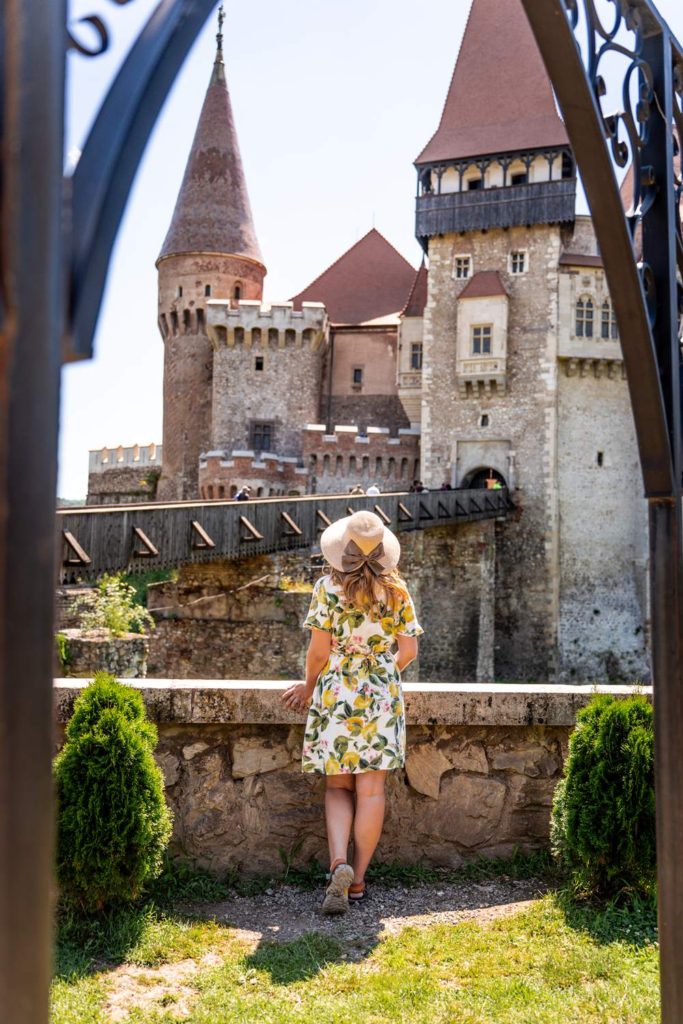
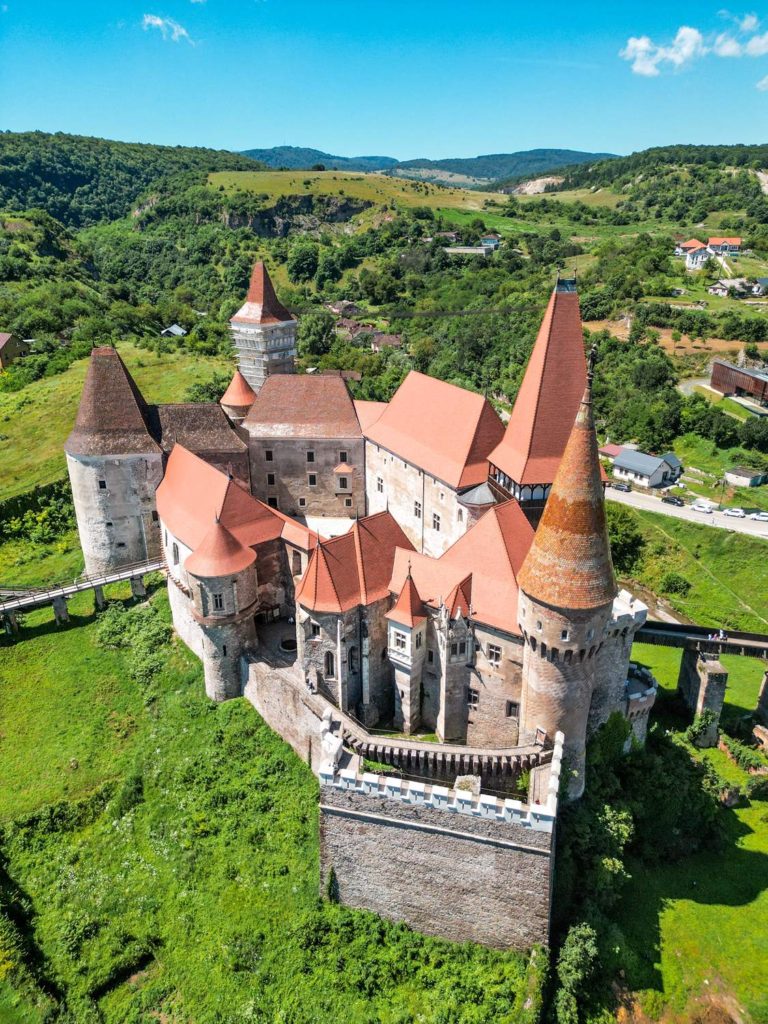
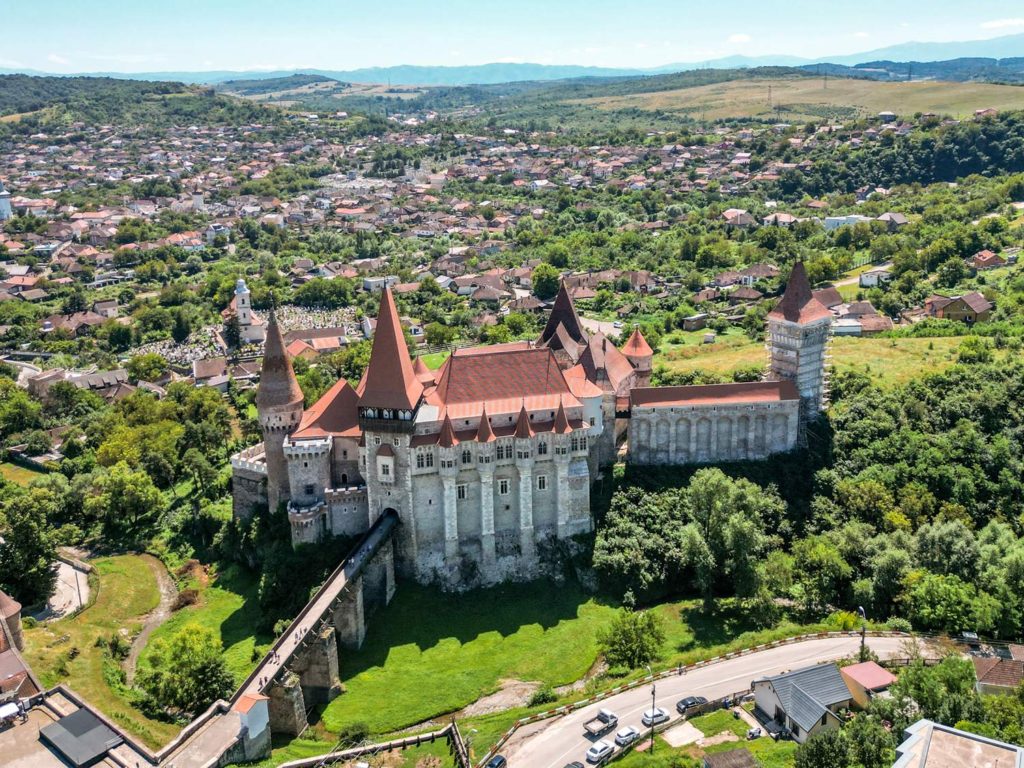
Maria Radna Sanctuary (Lipova)
Nestled by Romania’s Mureș River in the picturesque town of Lipova, this sanctuary is a prominent pilgrimage destination. Devotees from across the country, and even from Hungary, converge here to mark the Solemnity of the Ascension of the Blessed Virgin Mary.
This splendid compound, featuring a church and grand monastery edifices from the 18th and 19th centuries, stands as a testament to the region’s rich history and devout faith. Central to its significance is the Miraculous Icon portraying the Blessed Virgin Mary on Mount Carmel.
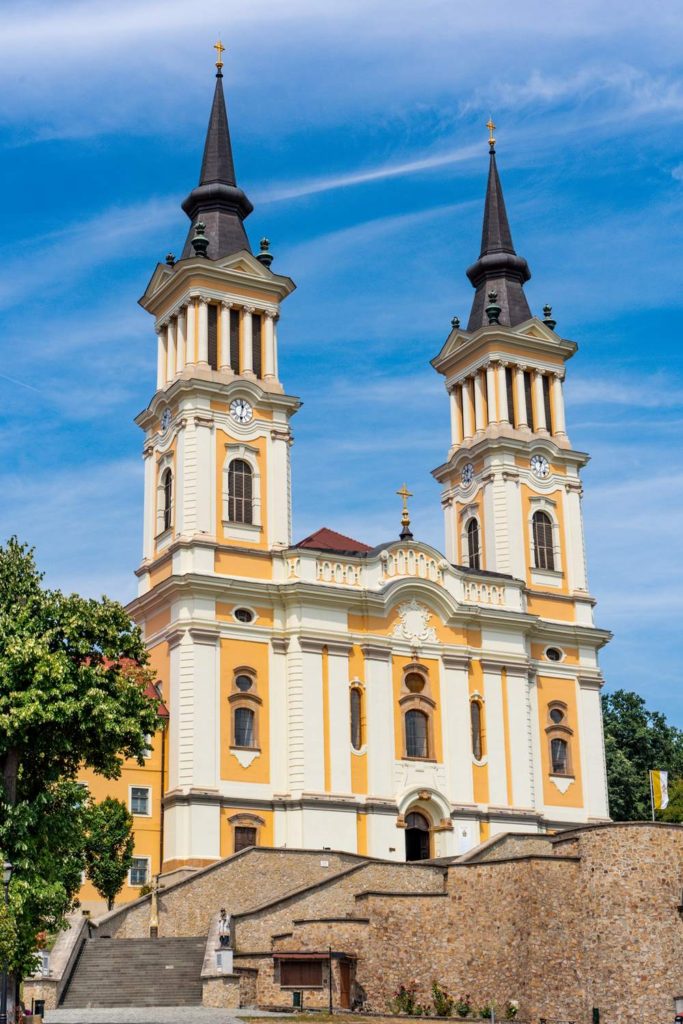
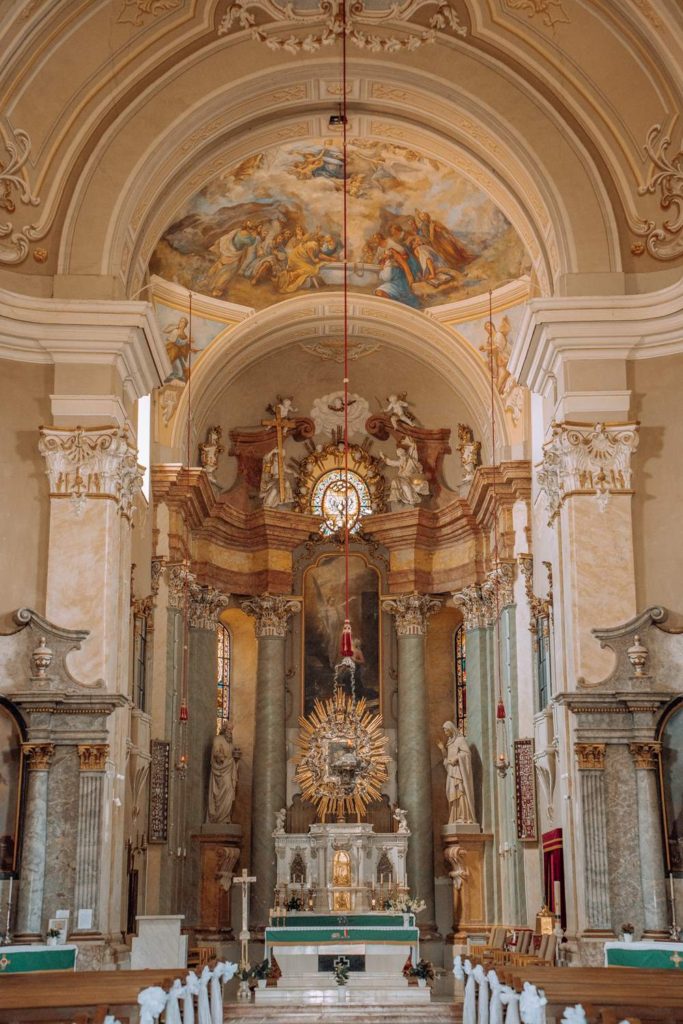
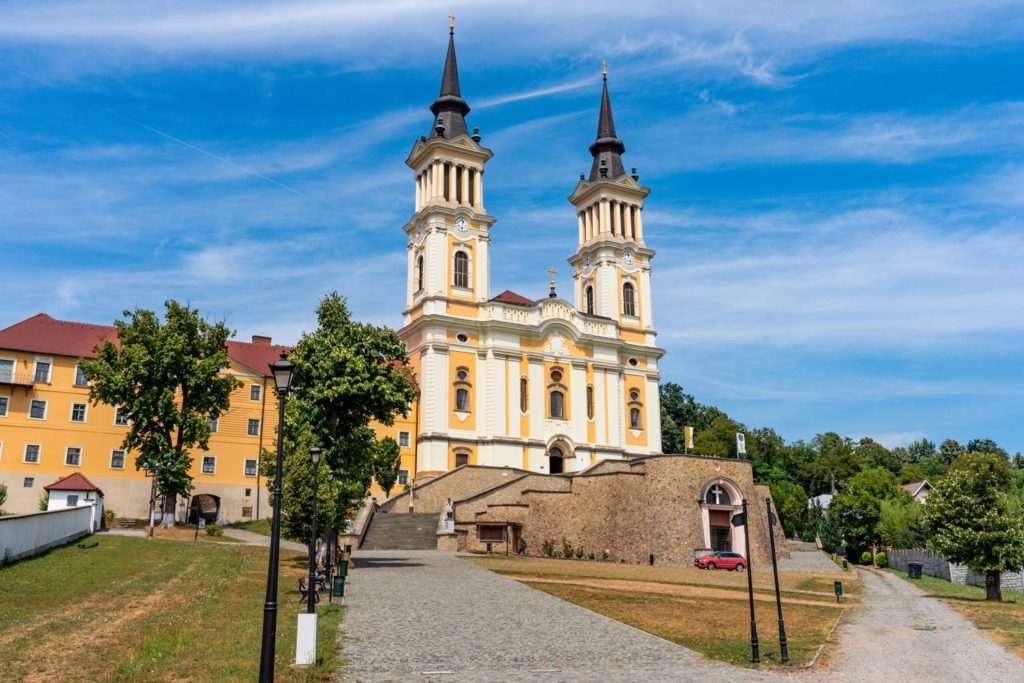
Șoimoș Castle (Lipova)
A stone’s throw from Lipova stands the Șoimoș Castle, a medieval stronghold. Its founders strategically utilized the rugged terrains for bolstered defense against Tatars, Turks, and other assailants. While now primarily scenic ruins, ascending to the castle’s summit offers a spellbinding view of the Zarand Mountains and the river below.
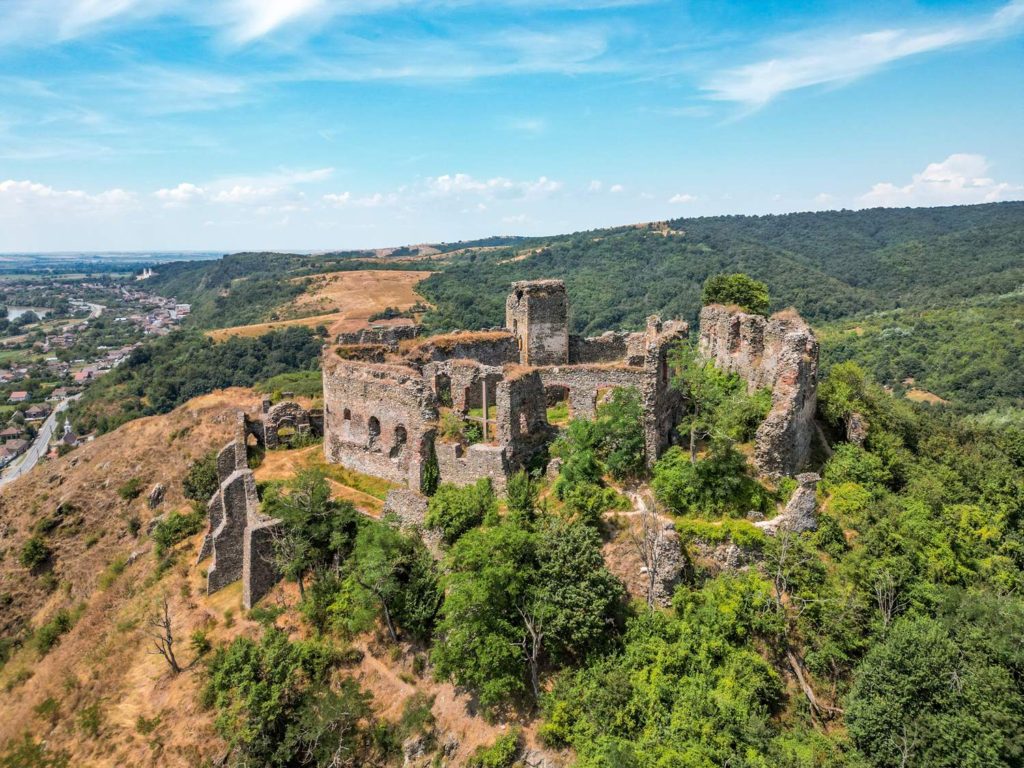
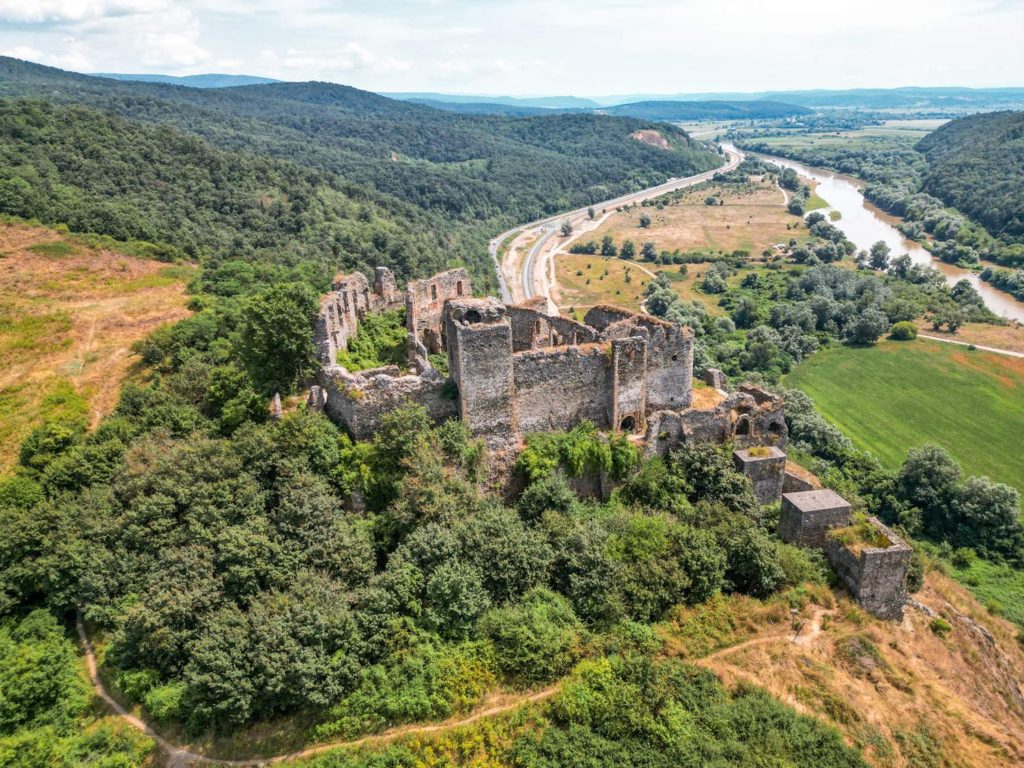
Timisoara
Often dubbed “Little Vienna”, Timișoara justifies this moniker splendidly. A walk through its lanes showcases an architectural tapestry ranging from Baroque to Viennese Art Nouveau. Beyond its myriad attractions, the city’s enchanting ambiance sets it apart. And let’s not forget the delectable cuisine! Currently, it holds the title of my most cherished Romanian city. Vibrant and bustling, Timișoara offers myriad spots to unwind and dine following a day of exploration.
It’s noteworthy that a considerable segment of the local populace is Hungarian, a reflection of historical border shifts when this territory was under Hungarian dominion.
Timisoara: What to Do in My Favorite Romanian City
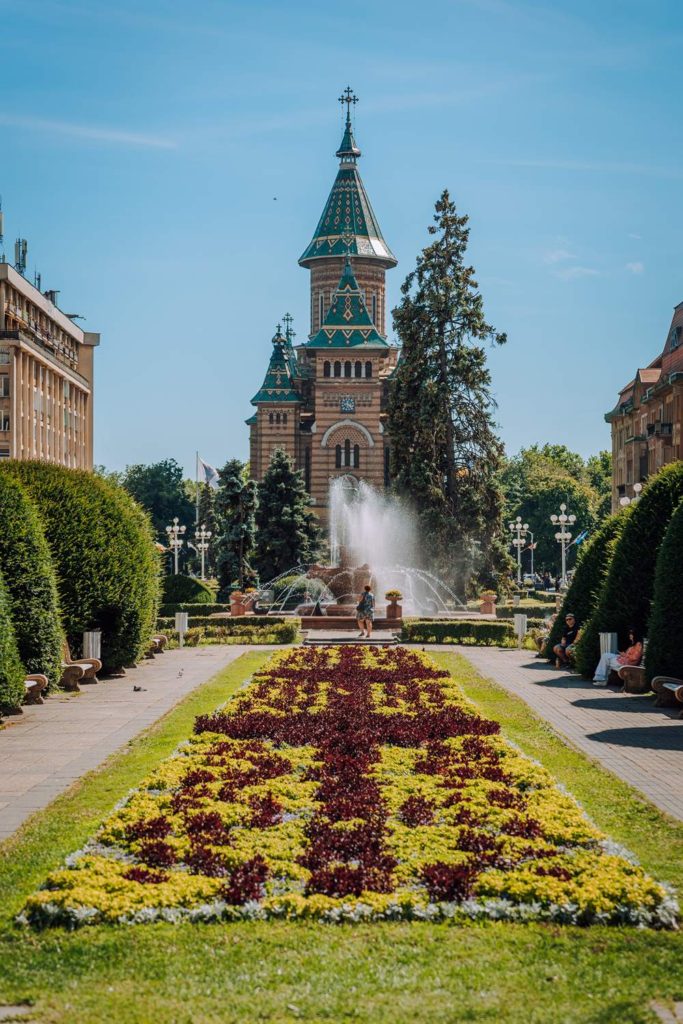
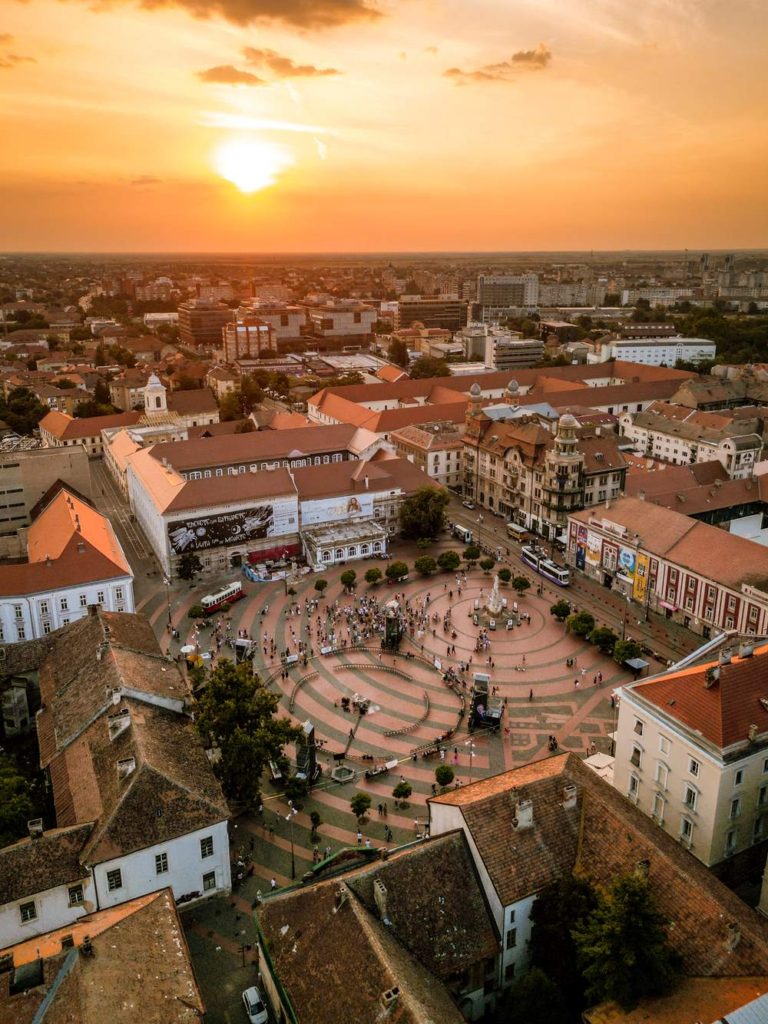
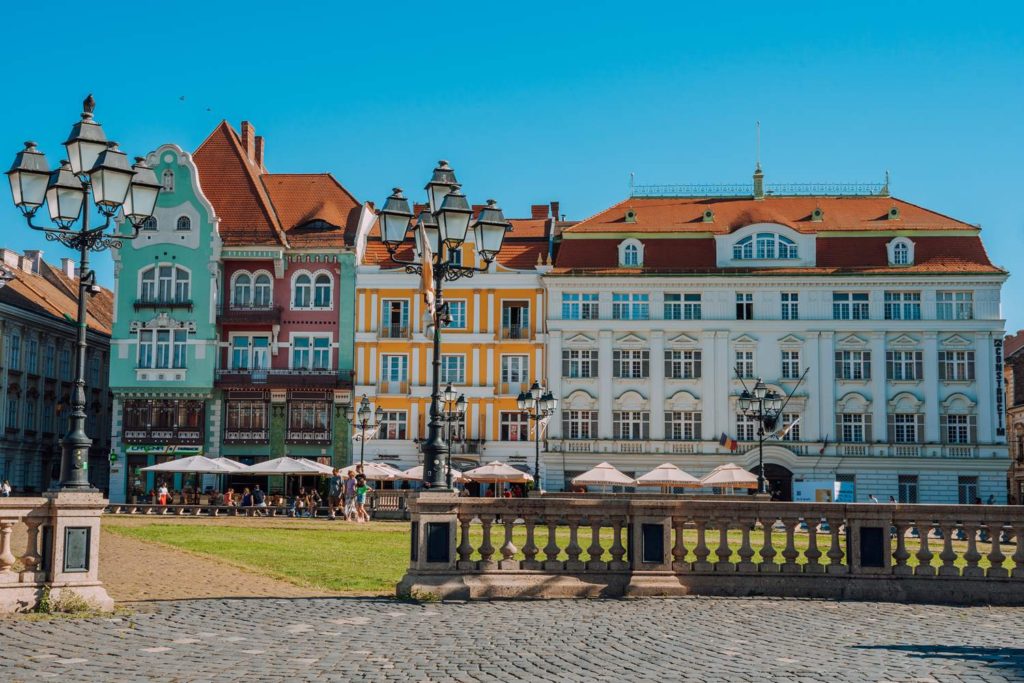
Arad
In this segment of Romania lies Arad, a city that proved not just intriguing, as I’d heard, but also remarkably picturesque. Adorned with vibrant townhouses, sacred temples, and regal palaces, Arad exudes a charm reminiscent of Oradea. But I invite you to discern whether this is indeed the case or merely my perception. Among its attractions, the Arad Fortress, a remarkable 18th-century fortification, stands out prominently. And, of course, the city offers an array of other sites worth exploring. ?
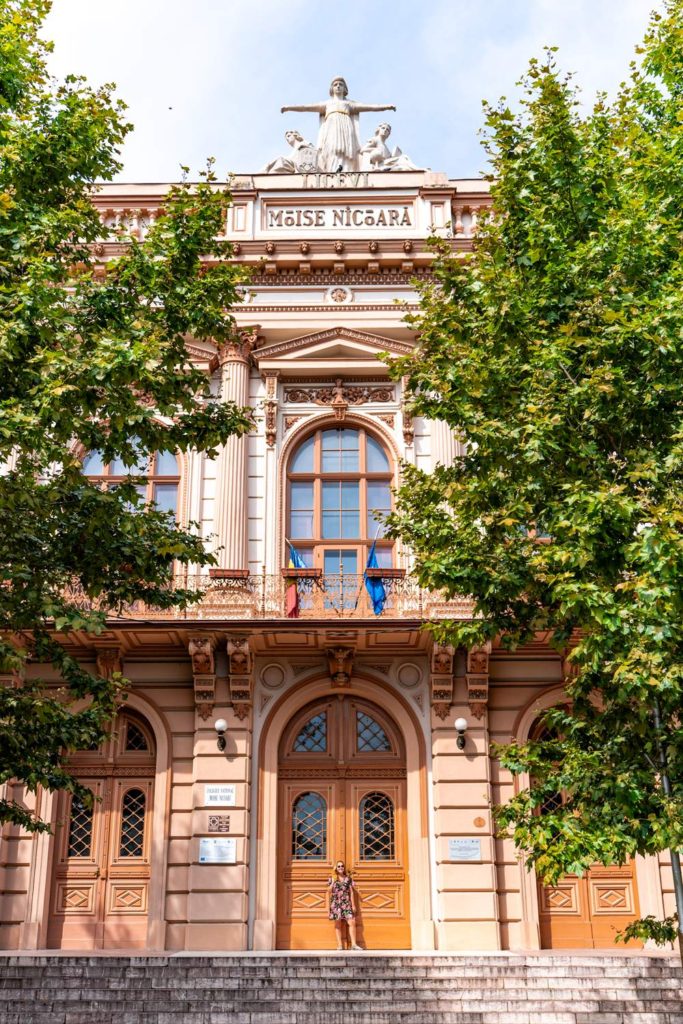
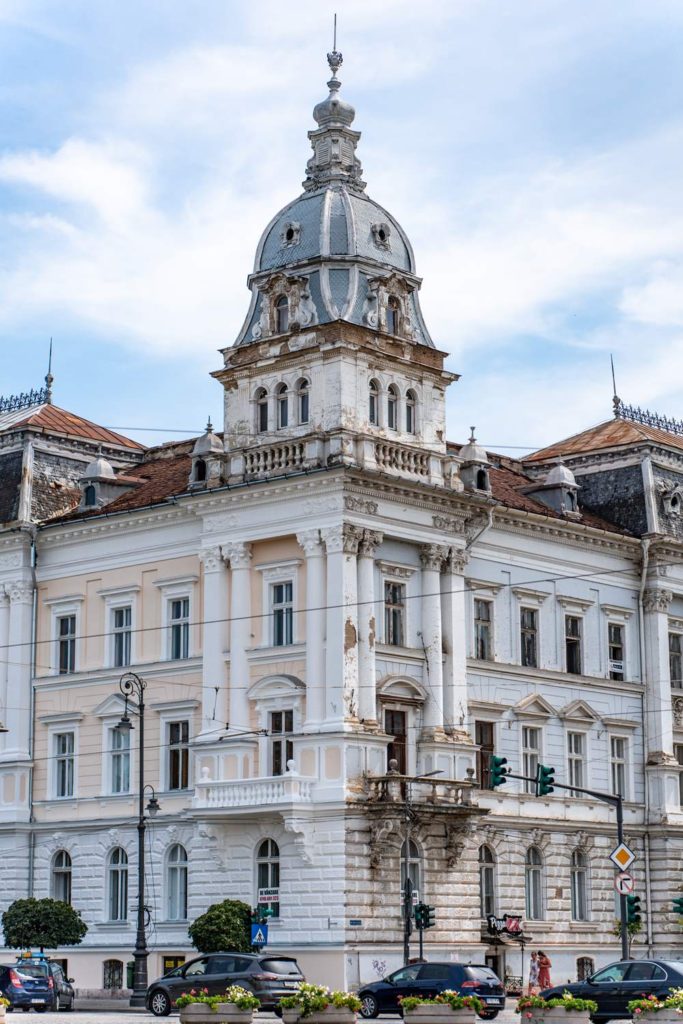
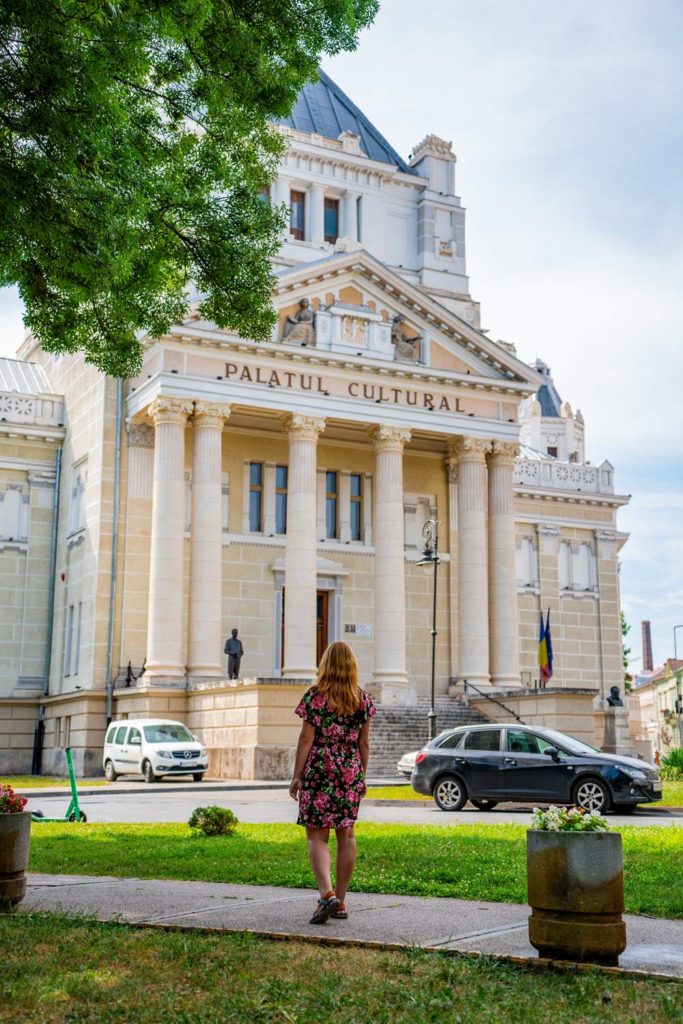
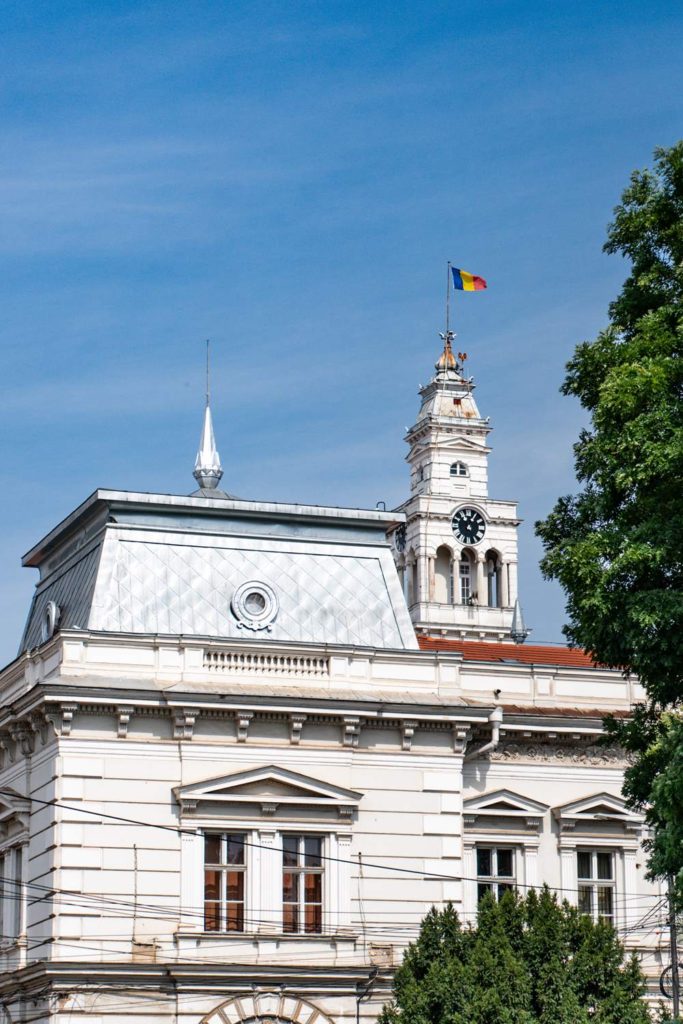
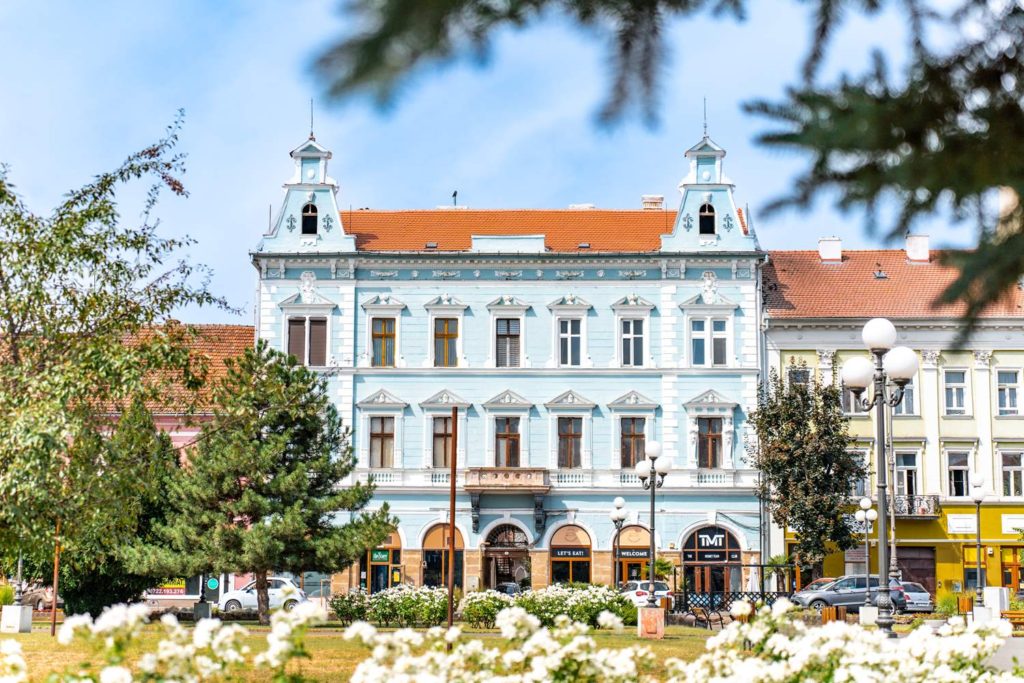
Bologa Fortress
Perched on Mount Vlădeas, this fortress played a pivotal role in medieval Transylvania. Its earliest documented existence traces back to 1304. Through centuries, it underwent expansions. Notably, when the Turks seized Oradea, it was Bologa that thwarted their progression. Yet, come the 18th century, to evade rebel capture, the fortress met deliberate destruction. Today, visitors enjoy unrestricted access, with the fortress welcoming guests round the clock.
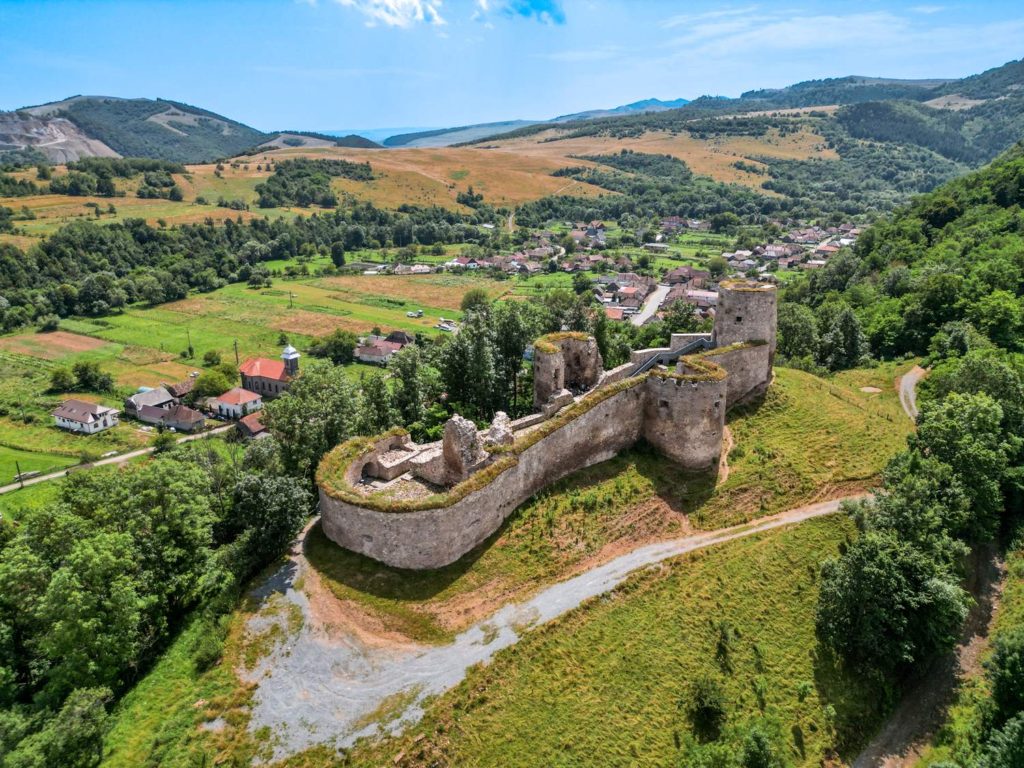
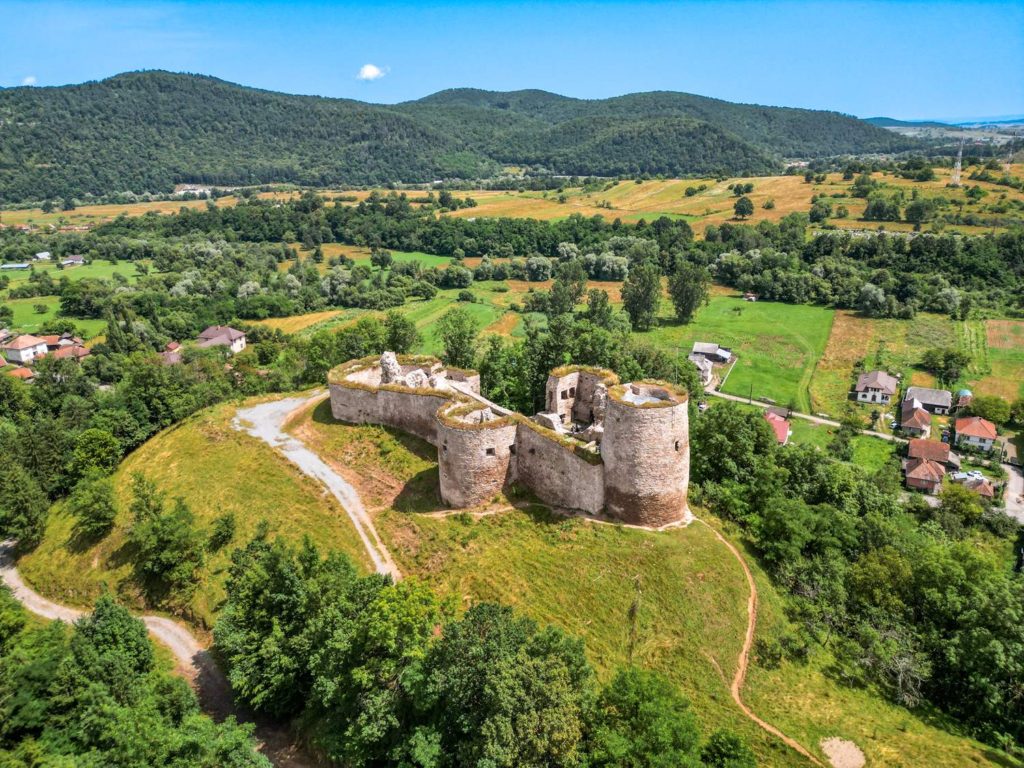
What to Explore in Transylvania?
My musings on Transylvania could span hours! The region’s allure is captivating, and I hope you too find it as enchanting as I did. The myriad attractions beckon revisits, some of which include:
- The Transfogar route – a must-drive for those with a car, as it ranks among Europe’s most scenic routes, offering panoramic vistas.
- Sighișoara – a medieval town, transporting you to bygone eras. Based on numerous recommendations, it’s an experience akin to time-travel. ?
- Bran Castle – Popularly dubbed “Dracula’s Castle”, its history is more intricate than commonly perceived. Beyond these landmarks, Transylvania is sprinkled with quaint villages, each emanating a distinctive charm, further accentuated by breathtaking mountainous backdrops.
Where to sleep in Transylvania?
In Transylvania, you’ll find a wide variety of accommodation options to suit your needs. From hotels and guesthouses to rental apartments, there’s something for everyone.
You can find the rental apartment in Oradea I recommend here.
Booking.com